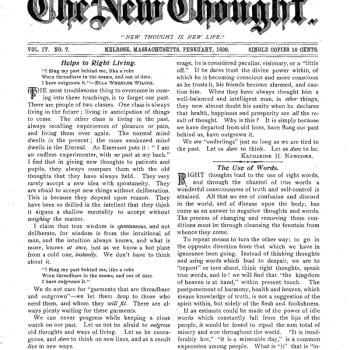Recently, I was writing about issues of mission, migration and religious change. It occurs to me that some polymath should write a global, cross-religious history of mission and evangelism. Yes, I know that last word is Christian, but let’s take it in the general sense of “spreading the good news,” however defined.
Historically, I can think of three great religions that at various times invested heavily in expanding their flocks by evangelizing non-believers, namely Buddhism, Islam, and Manicheanism. Together with Christianity, these traditions overlapped heavily in Central Asia between roughly Late Antiquity and the coming of the Mongols, mainly between the eighth and twelfth centuries.
If we did compare these stories, I suspect we would find trends rather like those I have indicated for Christianity, namely that religions spread from the grass roots, rather than by deliberate mission. On the old Silk Route, merchants were critically important in carrying faiths into various new areas, and Uighur traders were central to Christian expansion.
The best evidence of deliberate mission, led by monks and clergy, comes from the Buddhist tradition, as the faith expanded out of India.
On occasion, areas converted to a faith because of conquest, but clergy and missionaries still had to work to convert people to anything other than superficial belief.
Indonesia is an interesting case-study, not least because that is today the world’s most populous Muslim nation. No surprise, it was apparently traders who first brought Islam, mainly from the thirteenth century onward. Wealthy traders intermarried with aristocrats, and gradually won the favor of kings and courts. That is a pattern that makes excellent sense with the expansion of Christianity in eastern Europe.
Although the story has many legendary elements, the coming of Islam is associated with the (Muslim) Nine Saints, the Wali Songo, and with popular Sufism.
That Sufi tradition would make an important chapter in my imaginary History of Mission. Around the world, there were many regions conquered by Muslim rulers and notionally subject to Islam, but real conversion only got under way with the work of Sufi orders, with their fervent devotional life and extensive use of dance and music. This pattern was very marked in old Christian areas in Asia Minor and south-eastern Europe.
In modern times, we see the growth of Muslim missionary societies explicitly intended to counter and imitate the then successful Christian missionary organizations. One famous example is the Tablighi Jamaat, founded in 1927 and today claiming anywhere from twelve million to 150 million members. That range gives some idea of how very hard it is to pin down reliable figures for such movements.
Anyway, it would be a wonderful book to read, but it would take a very talented linguist to tackle it.













